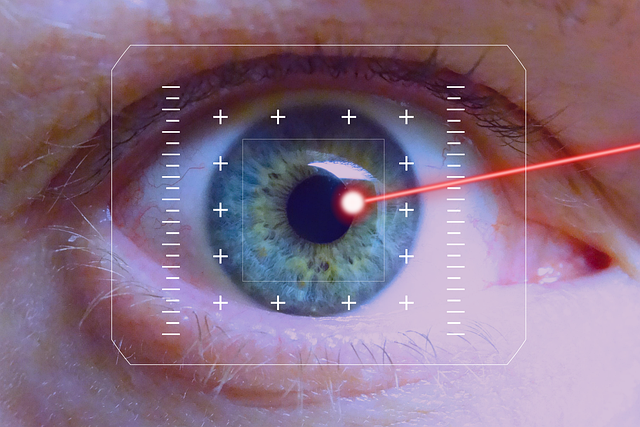When it comes to mastering photography, one of the most critical aspects to understand is exposure. It’s the foundation of capturing stunning images that resonate with viewers. Exposure directly influences how light interacts with your camera’s sensor, impacting the mood, clarity, and overall aesthetic of your photos. Let’s explore some essential tips to ensure you can achieve the perfect exposure every time.
The first step in this journey is to get familiar with the exposure triangle: aperture, shutter speed, and ISO. Each element interacts with one another, creating various effects. For instance, a wide aperture (small f-number) lets in more light but also creates a shallow depth of field, perfect for highlighting your main subject against a beautifully blurred background. In contrast, a smaller aperture allows less light, giving you a greater depth of field, ideal for landscape photography, where you want everything sharp. Understanding and correcting these settings based on your subject matter can drastically change the outcome of your photographs.
Your camera’s settings play a pivotal role in how images are exposed, which leads to the phenomenon of needing to correct exposure. Even the most seasoned photographers sometimes face challenges with lighting. Factors like harsh sunlight or deep shadows can throw off your initial settings. This is where features like exposure compensation come into play. By adjusting this setting, you can fine-tune the exposure to ensure that your images align with your creative vision rather than getting lost in glaring highlights or murky shadows.
Another vital aspect of photography is mastering your optics. The type of lens you use can greatly affect exposure and image quality. Prime lenses often come with wide apertures, allowing more light to hit the sensor. On the other hand, zoom lenses typically have variable apertures that can limit exposure in low-light situations. Knowing your lens’s capabilities will help you assess the best way to achieve your desired outcomes and correct for potential exposure issues along the way.
It’s also essential to routinely check your histogram. This tool is invaluable for assessing the exposure of your image after you’ve taken a shot. A well-balanced histogram should fill the graph without clipped highlights or shadows, indicating that your exposure is on point. If you notice a spike on either end, it suggests that your photo may need correction. Taking time to analyze this can save you from potential disappointments in post-production.
Lastly, practice makes perfect. Experiment with different lighting scenarios and environments. Don’t shy away from using manual mode on your camera, which allows you to take full control over your settings. This practice will enhance your understanding of how each parameter affects exposure, enabling you to approach each shot with confidence. Remember, every great photographer started with trial and error, learning to correct mistakes and adjusting their techniques to what works best for them.
In conclusion, mastering exposure is an ongoing journey in the world of photography. By understanding the interplay of aperture, shutter speed, ISO, and optics, as well as using tools like exposure compensation and the histogram, you will be well on your way to capturing breathtaking images. Embrace the learning curve, and soon, correction will transform from a daunting challenge into a powerful tool, enabling you to create stunning photographs that tell a story.



